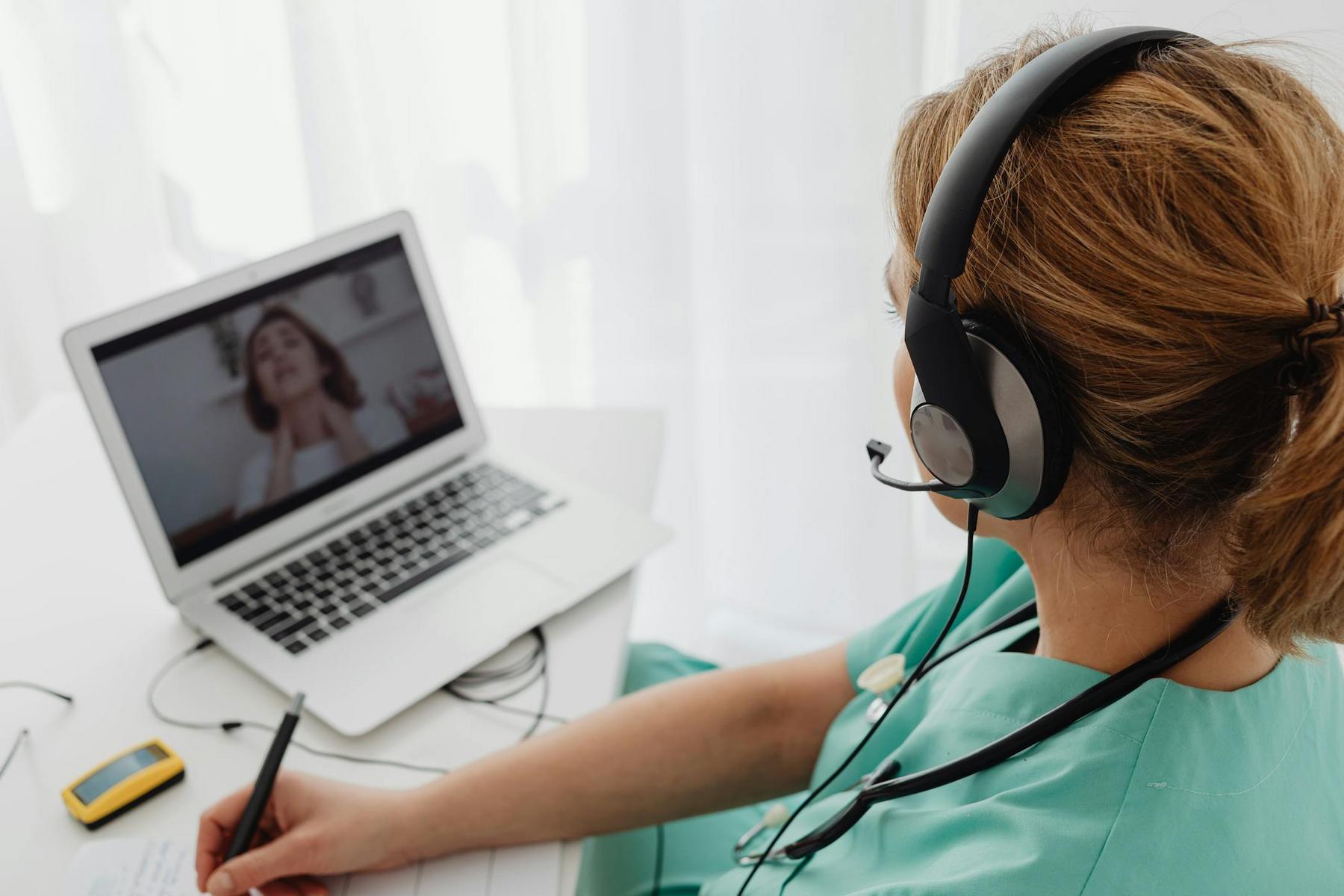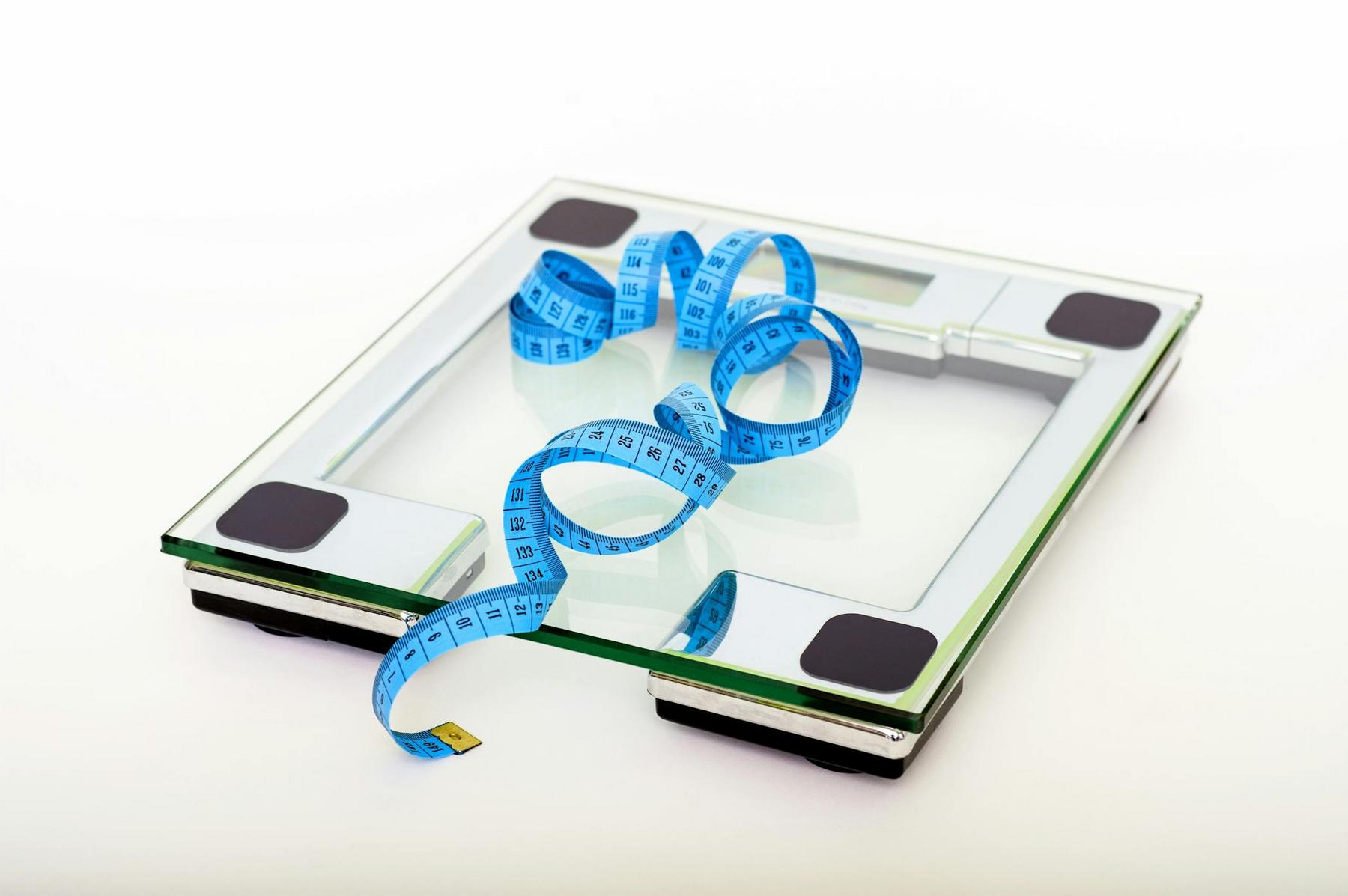The gentle nudge to “just have one more” at a backyard barbecue. The raised eyebrows when you decline the office birthday cake. The subtle but persistent pressure to match your dining companion’s portion size at Sunday lunch. These seemingly innocent social moments represent some of the most challenging obstacles to maintaining healthy eating and drinking habits. For many Australians navigating weight management goals, the intersection of social belonging and personal health choices creates a complex web of stress, guilt, and internal conflict that extends far beyond simple willpower.
Research reveals that 62% of food choices in group settings diverge significantly from personal preferences due to conformity pressures, whilst 74% of young adults consume high-calorie foods primarily when dining with peers. This phenomenon isn’t merely about lacking self-control—it’s deeply rooted in our evolutionary need for social acceptance and the cultural narratives that frame food and drink as central to Australian identity and community connection.
What Makes Social Eating Situations So Challenging?
Social dining environments create a perfect storm of psychological and physiological factors that can derail even the most committed health goals. The primary challenge lies in what researchers term “social facilitation of eating”—the tendency to consume more food when eating with others compared to dining alone.
In Australian barbecue culture, this phenomenon is particularly pronounced. Studies show that 89% of participants associate meat-centric outdoor cooking with national identity, creating pressure to participate fully in these gastronomic rituals. The visceral need to belong often overrides nutritional awareness, especially when alcohol flows freely and social barriers lower.
Environmental triggers compound these challenges:
Sensory Overload and Distraction
Standing receptions and buffet-style gatherings reduce mindful eating by 22% compared to structured meals. The combination of varied flavours, social distractions, and prolonged exposure can lead to consuming up to 400% more calories than intended.
The Normalization of Excess
Cultural narratives frame indulgence as celebratory, creating cognitive dissonance for health-conscious individuals. Australian research indicates that 63% of barbecue hosts feel obligated to provide excessive food portions to avoid perceived social rudeness, whilst 44% of office workers report eating treats solely to avoid appearing “antisocial” during workplace celebrations.
Unconscious Mimicry
Humans unconsciously mirror their peers’ portion sizes and food choices to signal group membership, even when contradicting personal health goals. This biological drive for social synchrony can be particularly challenging when surrounded by individuals with different health priorities or metabolic needs.
How Do Peer Influences Affect Different Age Groups?
The impact of social pressures around eating and drinking varies significantly across life stages, with each demographic facing unique challenges and vulnerabilities.
Adolescents and Young Adults
Young people experience the most intense peer pressure effects, with each additional hour spent with dieting peers increasing disordered eating risk by 19%. Australian university students show particularly concerning patterns, with 39% reporting increased junk food cravings after social media exposure to unhealthy eating content.
The confluence of puberty-related body changes and social hierarchy formation creates fertile ground for problematic eating behaviours. Three primary pressure vectors emerge: parental criticism (reported by 34% of eating disorder patients), peer appearance comparisons (58%), and media-driven beauty ideals (82%).
Working Adults
Professional environments present distinct challenges, with workplace social dynamics significantly influencing eating patterns. Research demonstrates that colleagues eating vegetables increases individual produce consumption by 38%, highlighting the positive potential of peer influence. However, the same mechanism works in reverse, with office celebration foods creating social obligation pressures.
Gender-specific pressures also emerge:
- 89% of men report anxiety about grilling performance at barbecues, often overcompensating with excessive meat consumption
- 41% of female office workers cite “appetite shaming”—criticism for eating either too little or too much in group settings
Older Adults
Social isolation can paradoxically increase susceptibility to peer pressure during social gatherings. After periods of limited social interaction, older adults may be more likely to overindulge when finally participating in group dining situations.
What Role Does Alcohol Play in Social Eating Pressures?
Alcohol significantly amplifies social eating challenges through multiple interconnected mechanisms that extend beyond simple caloric contribution.
Metabolic and Neurological Impact
Alcohol contains 29 kilojoules per gram and stimulates appetite, leading to 22% higher snack consumption during drinking sessions. Brain imaging studies reveal that alcohol reduces prefrontal cortex activity, diminishing willpower to refuse peer-pushed foods and making resistance to social pressure significantly more difficult.
Cultural Scripts and Obligation Cycles
Australian drinking traditions, particularly the practice of “shouting” rounds, create obligation cycles that extend to food choices. Research indicates that 63% of young Australian adults drink more than intended to avoid social exclusion, and this same dynamic applies to eating behaviours during alcohol-centred social events.
The Disinhibition Effect
Alcohol’s disinhibiting effects make individuals more susceptible to suggestion and less likely to maintain predetermined eating boundaries. This creates a dangerous feedback loop where social drinking events become associated with dietary abandon, making future resistance even more challenging.
What Strategies Actually Work for Managing Social Food Pressure?
Evidence-based approaches to coping with social pressures around eating and drinking focus on preparation, in-the-moment tactics, and post-event recovery strategies.
Pre-Event Preparation
Physiological Preparation: Consuming 500ml of water and 20g of protein 30 minutes before social events reduces hunger hormone levels by 37%, making resistance to food pressure significantly easier.
Strategic Planning: Telehealth coaching sessions focused on pre-event strategy development show 33% better adherence to dietary goals. Effective techniques include:
- Plate blueprinting (visualising half the plate filled with vegetables before arrival)
- Scripted responses for polite food refusal to reduce decision fatigue
- Setting specific “red line” policies for foods to avoid
In-the-Moment Coping Tactics
Environmental Management: Strategic positioning just 1.5 metres away from snack tables reduces mindless eating by 52%. This simple spatial awareness technique leverages the principle that convenience strongly influences consumption.
Behavioural Modifications: Using utensils like chopsticks can slow consumption pace by 19%, allowing satiety signals to register more effectively. For alcohol, ordering bitters-infused soda with lime mimics cocktail cues without ethanol’s disinhibiting effects.
Social Navigation: Focusing conversations away from food topics and towards shared interests helps shift group dynamics away from eating-centred interactions.
Technology-Assisted Solutions
Modern telehealth platforms offer real-time support through smartphone integration, allowing immediate access to coaching during challenging social situations. Apps providing instant nutritional analysis help navigate restaurant menus whilst maintaining social flow, and wearable device integration allows for real-time adjustment of activity targets after indulgent events.
How Can Technology Support Long-term Success?
The digital landscape offers both challenges and opportunities for managing social eating pressures. Whilst social media algorithms can amplify exposure to hyperpalatable food content by 23% compared to nutritionally balanced meals, the same technology can be harnessed for positive change.
Virtual Support Systems: Secure platforms enabling anonymous accountability partnerships reduce stigma barriers while providing peer support. These digital communities allow individuals to share strategies and experiences without judgment.
AI-Powered Assistance: Artificial intelligence applications can provide real-time menu analysis, suggest healthier alternatives, and even predict high-risk social situations based on calendar integration and past behaviour patterns.
Telehealth Integration: Australia’s expanding telehealth infrastructure offers comprehensive support through integrated care models. Leading platforms achieve remarkable outcomes through:
- Medical oversight with treatments adjusted based on social event calendars
- Dietitian collaboration providing specific strategies for alcohol-related glycemic impacts
- Behavioural reinforcement using cognitive-behavioural therapy techniques to reframe social rejection fears
| Social Pressure Management Strategies | Effectiveness Rate | Implementation Difficulty | Long-term Sustainability |
|---|---|---|---|
| Pre-event physiological preparation | 37% hunger reduction | Low | High |
| Strategic positioning at events | 52% reduction in mindless eating | Low | High |
| Scripted response preparation | 33% better goal adherence | Medium | High |
| Telehealth coaching integration | 20.2% sustained weight reduction | Low | Very High |
| Alcohol substitution strategies | 22% reduction in associated snacking | Medium | Medium |
| Technology-assisted menu navigation | Variable (study ongoing) | Low | High |
The data clearly demonstrates that multi-faceted approaches combining preparation, environmental awareness, and professional support achieve the most significant and sustainable outcomes.
Moving Forward: Building Social Resilience Around Food and Drink
Successfully coping with social pressures around eating and drinking requires acknowledging that these challenges stem from deeply ingrained human needs for connection and belonging. Effective strategies must therefore balance social participation with personal health goals rather than creating an adversarial relationship between the two.
The evidence suggests that sustainable success comes from developing a toolkit of flexible strategies rather than rigid rules. This might include learning to navigate buffets mindfully, practising polite but firm boundary-setting, and recognising that occasional indulgence within a broader pattern of healthy choices doesn’t derail long-term progress.
Professional support, particularly through telehealth platforms, offers significant advantages by providing real-time guidance and removing barriers to access. The integration of medical oversight, nutritional expertise, and behavioural coaching creates a comprehensive support system that addresses both the physiological and psychological aspects of social eating challenges.
Most importantly, reframing the narrative around food and social situations—from one of restriction and deprivation to one of conscious choice and self-care—empowers individuals to participate fully in social life whilst maintaining their health priorities.
How can I politely decline food offerings without offending my host?
Prepare specific phrases in advance such as “It looks delicious, but I’m quite satisfied right now” or “I’d love to try that later.” Offering to help serve others or bringing a dish to share redirects attention whilst showing appreciation for the host’s efforts.
What should I eat before attending a social event to reduce temptation?
Consume a combination of protein and fibre 30-60 minutes beforehand. A small portion containing 20g protein (such as Greek yoghurt with berries or a small chicken breast) paired with adequate hydration significantly reduces hunger-driven impulse eating.
How do I handle situations where drinking alcohol is central to the social activity?
Focus on nursing one drink slowly, alternating with water or non-alcoholic alternatives that look similar to cocktails. Volunteer to be the designated driver or suggest alternative activities that don’t centre around alcohol consumption.
Is it possible to maintain weight loss goals whilst still participating in social eating events?
Absolutely. Research shows that individuals receiving structured support through telehealth platforms maintain significant weight reduction whilst fully participating in social activities. The key lies in preparation, moderation, and having professional guidance to navigate challenging situations.
What’s the most effective way to get back on track after overindulging at a social event?
Avoid the ‘all-or-nothing’ mentality that leads to extended periods of poor choices. Return to your regular eating pattern at the next meal, increase physical activity slightly if possible, and consider this an opportunity to refine your strategies for future similar situations. Post-event telehealth check-ins can help process any feelings of guilt constructively and prevent setback spirals.



